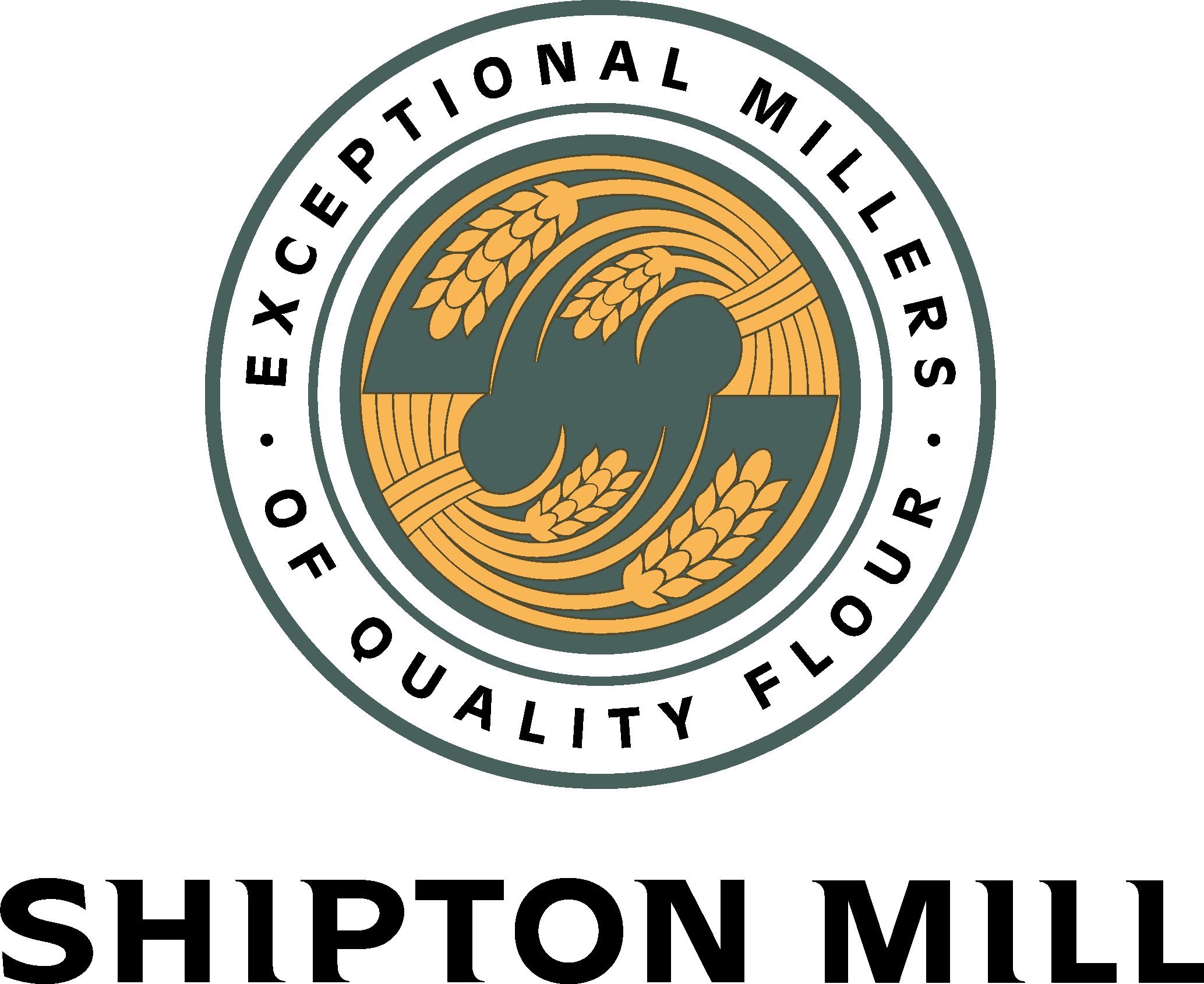An ancient grain
 Spelt is one of the oldest of cultivated grains, preceded only by Emmer and Einkorn. Mentioned in the Book of Exodus, spelt has been cultivated for 5,000 years. Originally grown in Transcaucasia (now Iran), spelt flour was an important staple in parts of Europe in the Bronze Age and is now enjoying something of a renaissance as people rediscover its benefits.
Spelt is one of the oldest of cultivated grains, preceded only by Emmer and Einkorn. Mentioned in the Book of Exodus, spelt has been cultivated for 5,000 years. Originally grown in Transcaucasia (now Iran), spelt flour was an important staple in parts of Europe in the Bronze Age and is now enjoying something of a renaissance as people rediscover its benefits.
Characteristics
Spelt is characterised by tall stems, it grows five feet high, and is a “covered” wheat, which means that its husk doesn’t fall off like modern wheat, but needs to be rubbed off before milling to flour. This tough outer layer protects the grain from insects and disease, as well as from chemicals and is said to allow a more delicate vitamin and mineral-rich kernel to develop.
Health impacts
Spelt flour is naturally high in fibre and has higher protein levels than wheat, as well as more B complex vitamins and both simple and complex carbohydrates. There is little doubt that many people who suffer from wheat-intolerance find spelt easier to digest, which is one of the reasons for its growing popularity.
Baker Andrew Whitley, author of the bestselling book Bread Matters, has been selling spelt bread since the 1990s and says: "Overwhelmingly, people come back and tell me that they tolerate spelt better than wheat bread."
Spelt’s health benefits are not a new discovery, 800 years ago St.Hildegard wrote: "The spelt is the best of grains. It is rich and nourishing and milder than other grain. It produces a strong body and healthy blood to those who eat it and it makes the spirit of man light and cheerful.”
 Baking with Spelt
Baking with Spelt
Spelt looks and performs much like ordinary wheat flour and is available in white and wholemeal. It is generally higher in protein than common wheat, but tends to have a slightly weaker gluten than the strongest bread making wheats.
Wholemeal spelt has lively populations of natural yeast and bacteria and produces a vigorous sourdough culture in a shorter time that ordinary wheat flour.
Recipes and tips
Clive likes to ferment spelt slowly with low levels of yeast: why not try his white spelt and wholemeal recipes for yourself?




